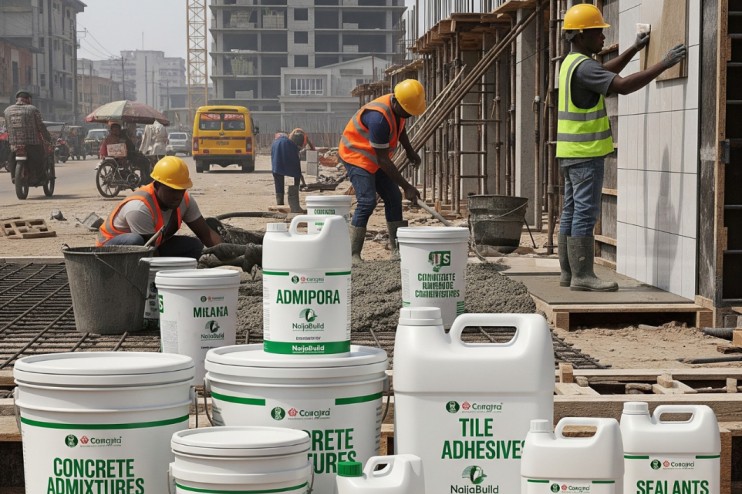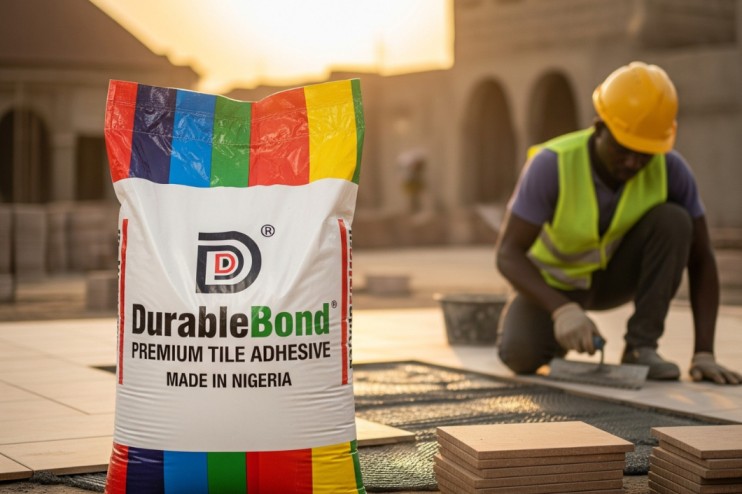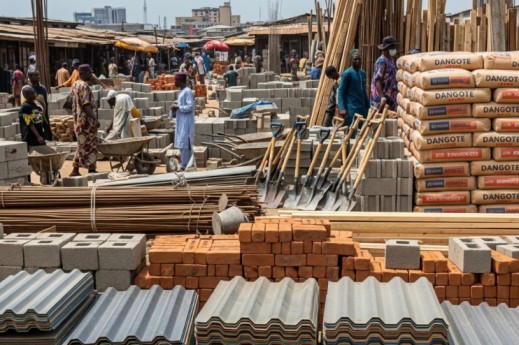Grout Anchoring in Nigeria: Why It’s Essential for High-Rise Buildings and Infrastructure

Construction in Nigeria has grown rapidly over the past decade, with skyscrapers, bridges, and large-scale housing projects transforming the nation’s skyline. Yet, the strength of any structure lies beneath its surface. One of the most effective ways to ensure durability and safety is grout anchoring.
This technique has gained popularity as developers seek long-term stability amid Nigeria’s diverse soil conditions and challenging climate.
What is Grout Anchoring?
Grout anchoring is a construction method where steel bars, rods, or bolts are inserted into the ground or concrete and secured using high-strength grout. The grout bonds the anchor to the surrounding material, providing structural stability.
Unlike traditional methods, grout anchoring distributes loads efficiently, ensuring structures remain firm under stress and environmental pressures.
Why Grout Anchoring is Important in Nigeria
- Structural safety for high-rise buildings, bridges, and dams.
- Resistance against soil movement caused by floods, erosion, or construction vibrations.
- Enhanced durability of foundations, retaining walls, and slopes.
- Cost efficiency for long-term infrastructure projects.
Types of Grout Anchoring Methods
- Rock Anchors: Ideal for bridges, tunnels, and rocky terrains.
- Soil Anchors: Used in retaining walls and slope stabilization.
- Micropile Anchors: Perfect for urban areas with limited space.
- Cable Anchors: Applied in large-scale infrastructure like dams.
- Post-Tensioned Anchors: Common in heavy load-bearing structures.
Applications of Grout Anchoring in Nigeria
- High-rise buildings in Lagos, Abuja, and Port Harcourt.
- Bridge supports in flood-prone river areas.
- Retaining walls in erosion-sensitive regions.
- Power plants and oil rigs, ensuring foundation stability.
- Road construction projects for slope and embankment stabilization.
Benefits of Grout Anchoring
- Long-term durability in harsh environmental conditions.
- Cost savings through reduced maintenance and structural repairs.
- Versatility for various soil types and project scales.
- Safety assurance for workers and building occupants.
- Faster installation compared to older anchoring methods.
Challenges Facing Grout Anchoring in Nigeria
- High cost of imported materials.
- Limited skilled manpower in some regions.
- Inconsistent quality control in local construction.
- Low awareness among smaller contractors.
- Weather sensitivity, affecting grout curing and installation.
Cost Considerations for Grout Anchoring Projects
- Type of anchor system required.
- Project size and soil conditions.
- Availability of materials in the local market.
- Labor expertise and equipment costs.
While upfront costs may be higher, grout anchoring reduces long-term structural failures, making it a cost-effective solution over the building’s lifespan.
Choosing the Right Materials and Contractors in Nigeria
- Contractors with experience in grout anchoring projects.
- Use of high-quality steel and cement-based grout.
- Compliance with Nigerian construction standards (e.g., COREN).
- Positive client testimonials and proven track record.
- Access to modern equipment for precise installation.
The Future of Grout Anchoring in Nigeria
As Nigeria advances toward industrial growth, grout anchoring will play a pivotal role in infrastructure development. Urbanization and high-rise construction demand safer, stronger, and sustainable foundations.
Investments in local grout production and training programs for engineers will further enhance the industry, reducing dependence on imports and improving construction quality nationwide.
Conclusion
Grout anchoring has become a cornerstone of modern construction in Nigeria, offering unmatched stability, safety, and longevity. Its ability to handle diverse soil conditions, reduce long-term risks, and save costs makes it indispensable for high-rise buildings, bridges, and other critical infrastructure.
As Nigeria continues to urbanize, grout anchoring will strengthen the nation’s foundations, shaping a safer and more resilient skyline for generations to come.










